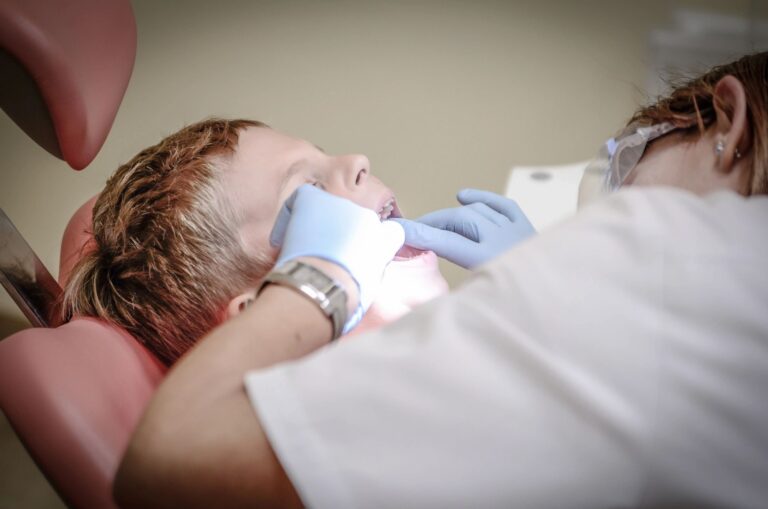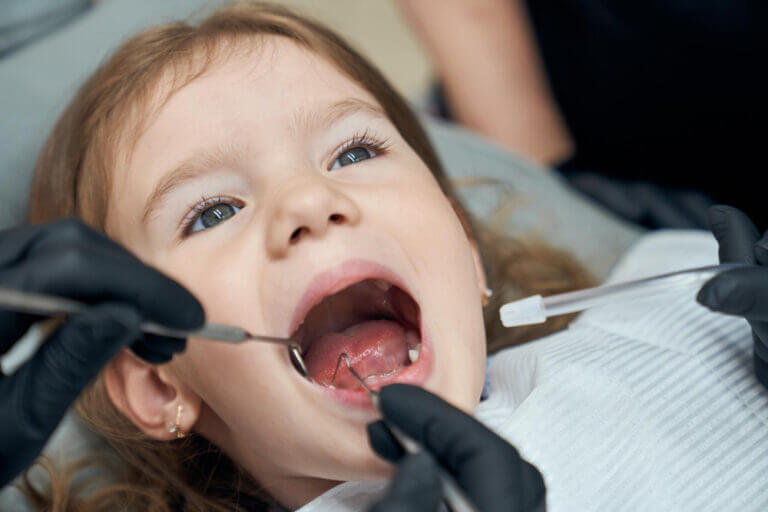Tooth eruption problems in children
Tooth eruption problems in children refer to issues related to the normal process of teeth coming in or “erupting” through the gums. The timing and sequence of tooth eruption can vary among children, but there are common milestones for when primary (baby) teeth and permanent teeth should come in. Problems with tooth eruption can lead to discomfort, misalignment, and other dental issues. Here are some key points about tooth eruption problems in children:
- Normal Tooth Eruption Sequence:
- Primary (baby) teeth usually begin to erupt around six months of age, starting with the lower central incisors.
- By age three, most children have their full set of primary teeth, which includes 20 teeth.
- Primary teeth serve as placeholders for permanent teeth and are essential for proper speech development, chewing, and overall oral health.
- Permanent teeth typically start to replace primary teeth around age six and continue until early adulthood.
- Common Tooth Eruption Problems:
- Delayed Eruption: Some children may experience delayed tooth eruption, which means their teeth come in later than the average age range. This can be caused by genetic factors, systemic conditions, or local factors such as overcrowding.
- Impaction: Tooth impaction occurs when a tooth fails to erupt fully through the gums. Wisdom teeth (third molars) are commonly impacted, but it can also affect other teeth.
- Supernumerary Teeth: In some cases, children may develop extra teeth, known as supernumerary teeth, which can affect the normal eruption of adjacent teeth.
- Overcrowding: When there is not enough space in the jaw for all the teeth to erupt properly, overcrowding can occur, leading to misalignment and eruption problems.
- Ectopic Eruption: Ectopic eruption happens when a tooth erupts in an abnormal position, such as behind or in front of another tooth, which can disrupt the bite and alignment.
- Teething Problems: Teething can be a painful process for some children, causing discomfort, irritability, and difficulty sleeping.
- Signs and Symptoms:
- Signs of tooth eruption problems in children may include pain, swelling, redness, and sometimes fever during teething.
- Delayed or abnormal eruption can lead to visible gaps, misalignment, and discomfort.
- Treatment:
- Treatment for tooth eruption problems in children depends on the specific issue:
- For delayed eruption, monitoring and follow-up with a dentist are often sufficient. Orthodontic evaluation may be recommended if necessary.
- Impacted teeth may require surgical extraction or orthodontic procedures to guide them into the proper position.
- Orthodontic treatment, such as braces or space maintainers, may be necessary for overcrowding and misalignment.
- Supernumerary teeth may need to be removed if they are causing problems.
- Teething discomfort can often be managed with teething rings, over-the-counter pain relief medications (under a dentist’s guidance), and teething gels.
- Treatment for tooth eruption problems in children depends on the specific issue:
- Prognosis:
- Most tooth eruption problems can be addressed with appropriate dental care and monitoring.
- Early intervention is key to preventing more significant issues and ensuring proper oral development.
Parents and caregivers should schedule regular dental check-ups for their children to monitor tooth eruption and address any concerns promptly. A pediatric dentist can provide guidance on maintaining good oral health during the early years and managing tooth eruption issues if they arise.
------------From our Sponsors------------









